- Chinese
- French
- German
- Portuguese
- Spanish
- Russian
- Japanese
- Korean
- Arabic
- Irish
- Greek
- Turkish
- Italian
- Danish
- Romanian
- Indonesian
- Czech
- Afrikaans
- Swedish
- Polish
- Basque
- Catalan
- Esperanto
- Hindi
- Lao
- Albanian
- Amharic
- Armenian
- Azerbaijani
- Belarusian
- Bengali
- Bosnian
- Bulgarian
- Cebuano
- Chichewa
- Corsican
- Croatian
- Dutch
- Estonian
- Filipino
- Finnish
- Frisian
- Galician
- Georgian
- Gujarati
- Haitian
- Hausa
- Hawaiian
- Hebrew
- Hmong
- Hungarian
- Icelandic
- Igbo
- Javanese
- Kannada
- Kazakh
- Khmer
- Kurdish
- Kyrgyz
- Latin
- Latvian
- Lithuanian
- Luxembou..
- Macedonian
- Malagasy
- Malay
- Malayalam
- Maltese
- Maori
- Marathi
- Mongolian
- Burmese
- Nepali
- Norwegian
- Pashto
- Persian
- Punjabi
- Serbian
- Sesotho
- Sinhala
- Slovak
- Slovenian
- Somali
- Samoan
- Scots Gaelic
- Shona
- Sindhi
- Sundanese
- Swahili
- Tajik
- Tamil
- Telugu
- Thai
- Ukrainian
- Urdu
- Uzbek
- Vietnamese
- Welsh
- Xhosa
- Yiddish
- Yoruba
- Zulu
- Kinyarwanda
- Tatar
- Oriya
- Turkmen
- Uyghur

silicone gasket maker
Understanding Silicone Gasket Makers: Practical Insights
Silicone gasket makers are versatile, often misunderstood tools in material sealing. Dive into practical experiences and common pitfalls, told from a perspective that’s seen its share of triumphs and tribulations.
Breaking Down Silicone Gasket Makers
The very mention of a silicone gasket maker might conjure images of a one-size-fits-all sealant, and it’s tempting to think of them as the ultimate fix for leaks. But if you’ve spent any time around engines or mechanical assemblies, you know it’s never quite that simple. The variations in silicone formulations alone could fill a chapter, each suited to specific temperatures, pressures, and material compatibilities.
Back in my early days working with automotive engines, a common slip-up was picking the wrong type of silicone for high-temperature environments. Many assume all silicone is inherently heat-resistant, and while that’s partially true, neglecting to check a product’s specific temperature rating can lead to premature failure.
There was a time I tried to save a few bucks by using a generic silicone on a client's high-performance engine. It wasn’t long before I learned my lesson, as the gasket developed gaps, leaking oil onto previously pristine surfaces. Ever since, I've always kept a range of specialized products in stock.
Choosing the Right Silicone for the Job
Understanding the task at hand is crucial. For instance, in automotive settings, you might need something that withstands both oil and extreme temperatures. Silicone gasket makers like those from brands such as Dow or Permatex offer various formulations that cater to these specific needs.
The chemical compatibility of the silicone gasket maker with the materials it binds cannot be overstated. I’ve seen baffling issues arise when people use the wrong silicone that reacts adversely, causing materials to degrade instead of adhering properly. A close look at the manufacturer's instructions can sometimes save hours of frustrating rework.
The right choice might also depend on whether you’re dealing with a dynamic or static seal. In dynamic applications, elasticity and flexibility under stress are vital, demanding a specialized formulation.
Application Techniques that Matter
Even the perfect silicone gasket maker can fail without proper application. Surface preparation is the unsung hero here; cleanliness is paramount. Contaminants like oil or dirt can prevent the silicone from adhering correctly. I recall an instance in a dusty garage where skipping this step led to a botched repair.
Using the right bead size and pattern is another detail where experience makes a difference. People often lay down a bead that's either too thin or overly thick. Finding that balance—enough to fill gaps without excessive squeeze-out—takes trial, error, and sometimes, a bit of a mess!
There’s also the crucial wait time before assembly, which can vary. Some silicones require a full 24 hours to cure, while others are ready in an hour. Misjudging this can be a costly mistake, leading to leaks or gasket failure.
Special Considerations for Manufacturers
For companies like Handan Zitai Fastener Manufacturing Co., Ltd., located in the heart of China's largest standard part production base, marrying quality with logistical efficiency is key. Their proximity to major transportation routes such as the Beijing-Guangzhou Railway and National Highway 107 underscores their strategic advantage in supplying sealing solutions.
The right silicone products must harmonize with the precision and standards inherent to such fastener production facilities. Mistakes aren’t just costly—they can ripple through supply chains, affecting everything from assembly line efficiency to product reputation.
Given their location and expertise, they’re well-positioned to leverage advances in material sciences, ensuring that all products, including silicone gasket makers, meet high-performance criteria before they even hit the shelf. You can explore more about their offerings at their website.
When Things Don't Go as Planned
In any hands-on task with silicone gasket makers, snags are inevitable. But these hiccups often pave the way for deeper understanding. A notorious challenge I’ve faced is dealing with misaligned components during assembly, which compromises the seal. Carefully correcting and ensuring proper alignment before the gasket cures is a meticulous step but one that ensures lasting results.
Another real-world issue is temperature sensitivity. Allowing the silicone to cure in fluctuating temperatures, especially cold, can dramatically alter its properties. This learning curve taught me to check environmental conditions meticulously before starting any major sealing job.
Ultimately, every setback is a learning opportunity. A failure might lead to a better understanding of product limitations, which is crucial for continuous improvement in any mechanical or manufacturing setup. Each insight contributes to a growing arsenal of practical, no-nonsense experience.
Related products
Related products
Best selling products
Best selling products-
 Basket bolts
Basket bolts -
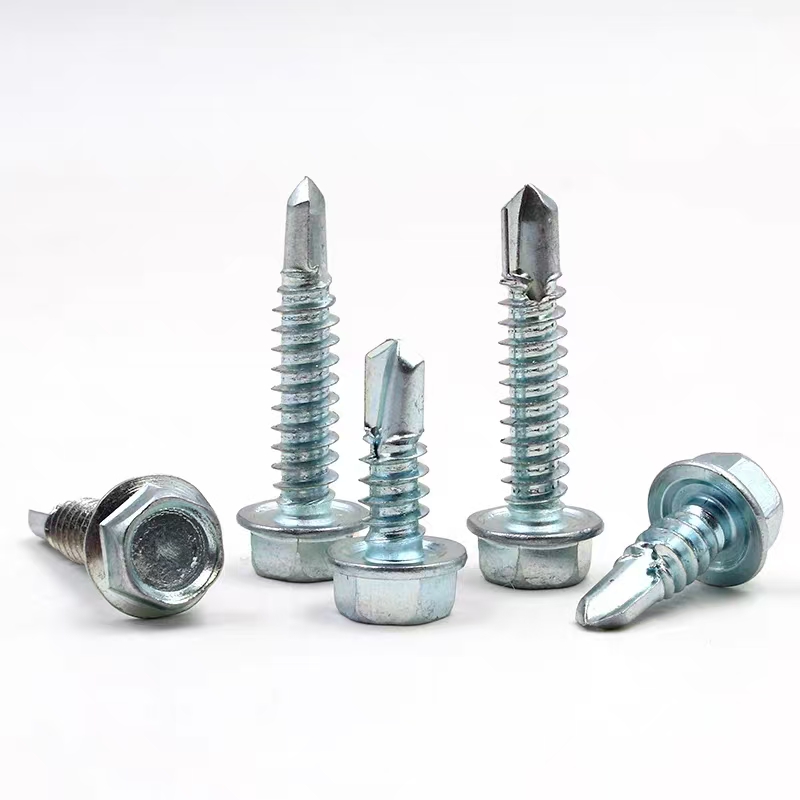 Electro-galvanized hexagonal drill thread
Electro-galvanized hexagonal drill thread -
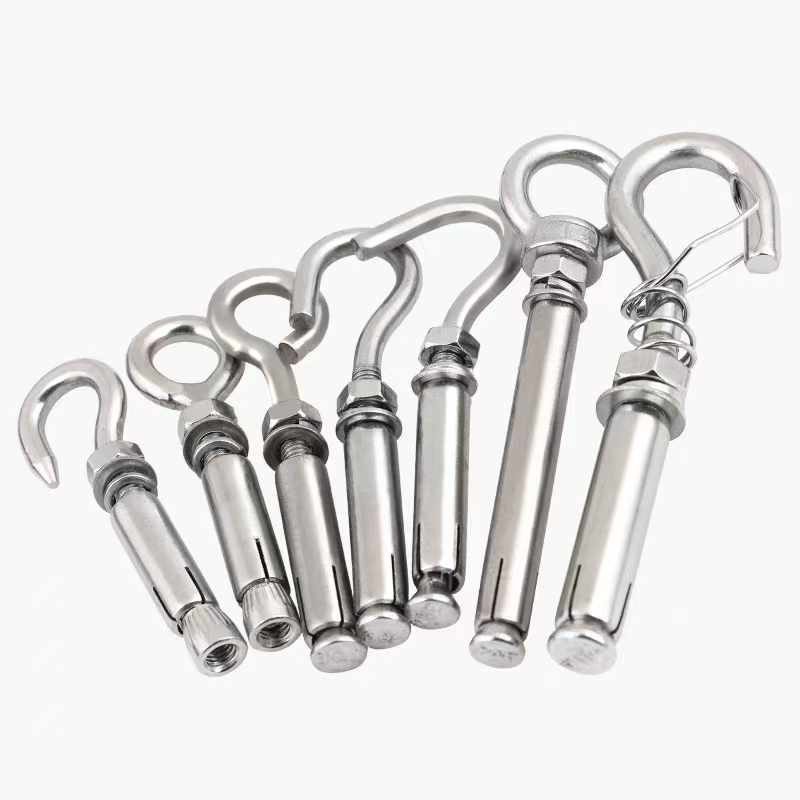 Electro-galvanized expansion hook
Electro-galvanized expansion hook -
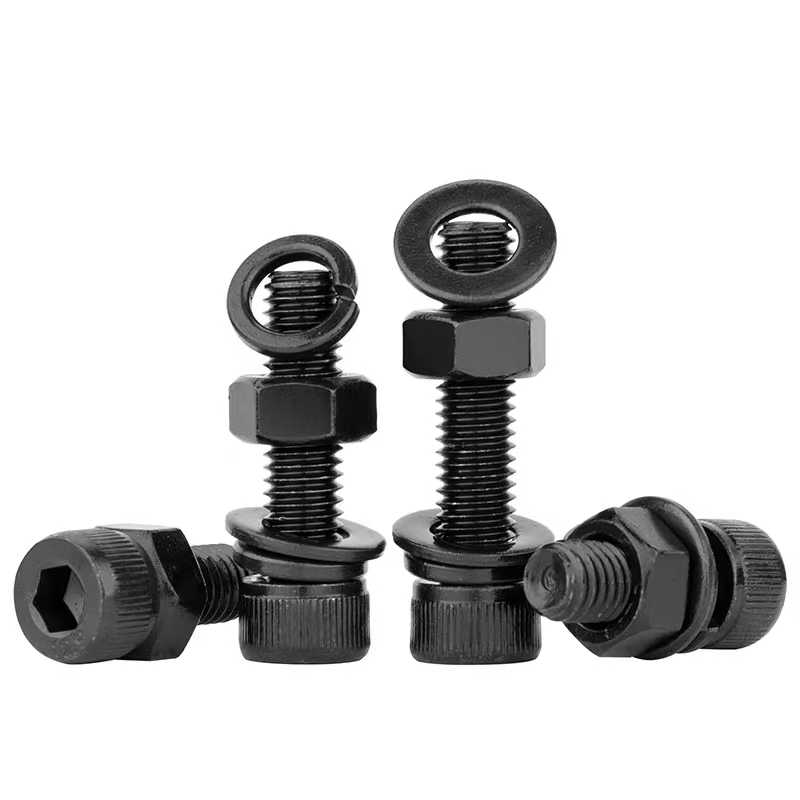 Hexagon socket black zinc-plated bolts
Hexagon socket black zinc-plated bolts -
 Electrogalvanized chemical bolts
Electrogalvanized chemical bolts -
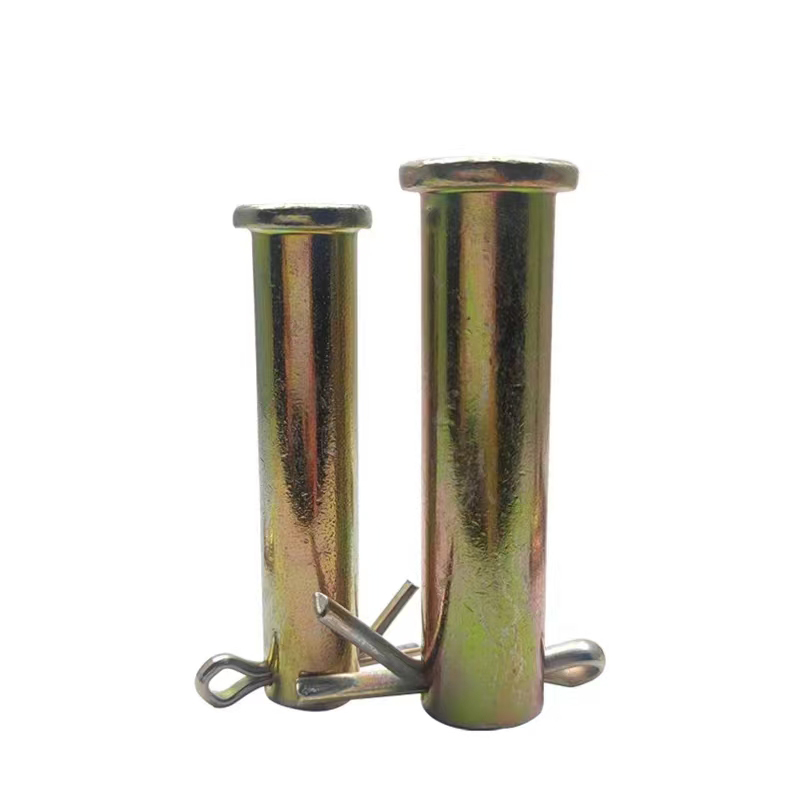 Colored zinc-plated pins
Colored zinc-plated pins -
 Black zinc flange bolts
Black zinc flange bolts -
 Electrogalvanized hinge bolts
Electrogalvanized hinge bolts -
 Colored galvanized hexagonal drill tail wire
Colored galvanized hexagonal drill tail wire -
 T-bolt (T-slot bolt)
T-bolt (T-slot bolt) -
 Colored zinc-plated gaskets
Colored zinc-plated gaskets -
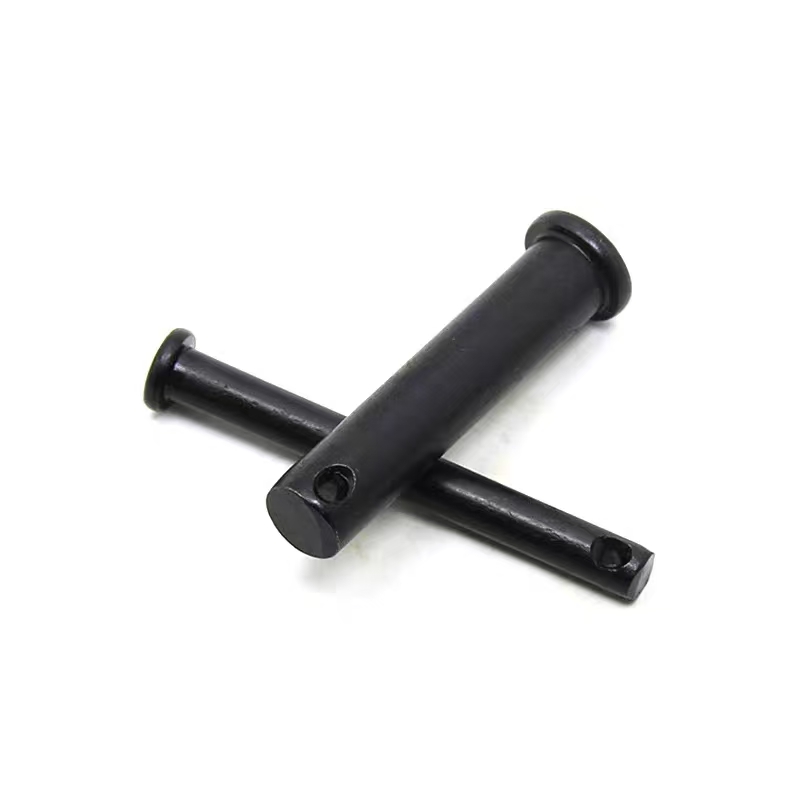 Black zinc plated pin shaft
Black zinc plated pin shaft













